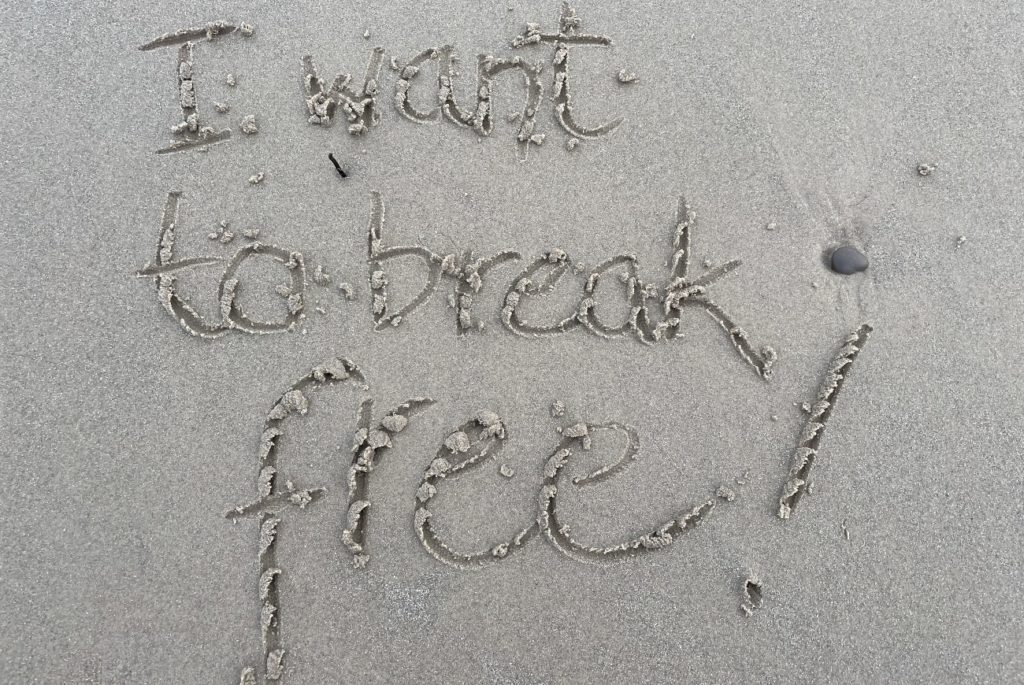Content Reviewed by Jennifer Wheeler, Clinical & Community Outreach for New Life
Drug cravings are not a new phenomenon for individuals in recovery from substance use and addiction. For individuals still actively using drugs and alcohol, drug cravings are often experienced when a substance begins to “wear off.” Substance cravings may surface mentally and physically as an urge to use substances to achieve desired drug effects.
Substance cravings vary in intensity from person to person. However, all drug cravings can ultimately increase the risk of relapse. It is essential to understand what drug cravings are, why they occur and what they feel like to know how to better manage them during treatment and recovery.
The Biological Mechanisms of Drug Cravings
The biological basis of addiction can help individuals understand that drug cravings result from intense brain changes initially caused by substance use.
Before individuals experience the effects of alcohol and other drugs, their healthy brain is motivated by healthy behaviors such as eating or socializing with others. A sober brain recognizes the pleasure that can be achieved from these behaviors and then encourages an individual to repeat these behaviors in the future. Similarly, when a healthy brain is under stress, it can trigger the body to react and respond to the threat as quickly and efficiently as possible with the help of sound decision-making abilities.
Once an individual is exposed to the effects of chemical substances, these healthy brain processes become hijacked so that their brain essentially begins working against them. The repeated use of drugs and alcohol can impair the brain’s pleasure, motivation and reward circuits so that an individual is only motivated by substance use. Additionally, substance use can also override circuits involved with impulse and decision-making, which can cause an individual to rely on substances to self-medicate stress.
While substance cravings are complex, they stem from hijacked brain circuits. They result from repeated, normalized substance use.
Triggers vs. Cravings
Triggers and cravings typically go hand-in-hand. Triggers are stimuli that spark a craving. Any person, place or thing that causes an individual to want to use alcohol or other drugs can be identified as a trigger.
Before learning how to manage substance use cravings, it may be more helpful to learn how to address substance use triggers. Triggers can be random and also vary from person to person. It is essential to consider all social, emotional and withdrawal factors that may play a role in facilitating repeated substance use. Some examples of triggers may include:
- Bars, restaurants or parties
- Friends that you use substances with
- Work-life stress
- Trauma
- Weddings
To identify personal triggers, reflect on past substance use. Consider all of the factors that have played a role in previous, repeated substance use. Journaling or writing down triggers can help bring substance use to a more conscious state.
Examples of Substance Cravings
It is vital to understand that several factors may determine the intensity or severity of substance use cravings. These factors may include:
- The substance being used
- The route of administration for substance use
- Frequency of substance use
- The intensity of substance use
- The duration of substance use
For someone that has never recognized their substance use cravings and associated triggers, here are some examples to help motivate reflection:
Increased Agitation
More often than not, substance use cravings may surface with increased irritation and agitation. Especially for individuals who may have used substances to self-medicate anxiety or other emotions, the first several weeks of sobriety may increase agitation. As individuals in recovery are required to find alternative means of reducing these feelings instead of using substances, it is crucial to be patient and lean into mindfulness. Remember that these feelings are temporary.
Memories of Past Substance Use
Cravings may also surface as memories of past substance use, particularly positive memories. It is usual for individuals to reminisce about their past substance use, especially during treatment. However, one has to remember that substance use is ultimately what caused them to need treatment in the first place. While many drugs have positive medical benefits, they have no place for repeated, recreational use in an individual’s life.
Chronic Pain
Believe it or not, substance use cravings can also manifest as chronic pain. This phenomenon can result from an individual initially using drugs to self-medicate pain and eventually abusing more potent drugs. It can also happen by stopping the recreational use of substances. The brain and body are deeply connected. Impaired functioning in the brain can lead to impaired motor coordination and physical pain, with the distinct cause being substance abstinence. Luckily, many treatment centers offer holistic and complementary treatment modalities to help combat chronic pain and cravings.
New Life Addiction Counseling & Mental Health Services is a comprehensive treatment center that recognizes how relentless drug cravings can be. Through our specialized treatment programs, we can help you to identify and manage both your triggers and cravings. Navigating sobriety is something you should not have to do alone. With the help of our compassionate staff, you can achieve optimal wellness for recovery. Call us at (877) 929-2571.
